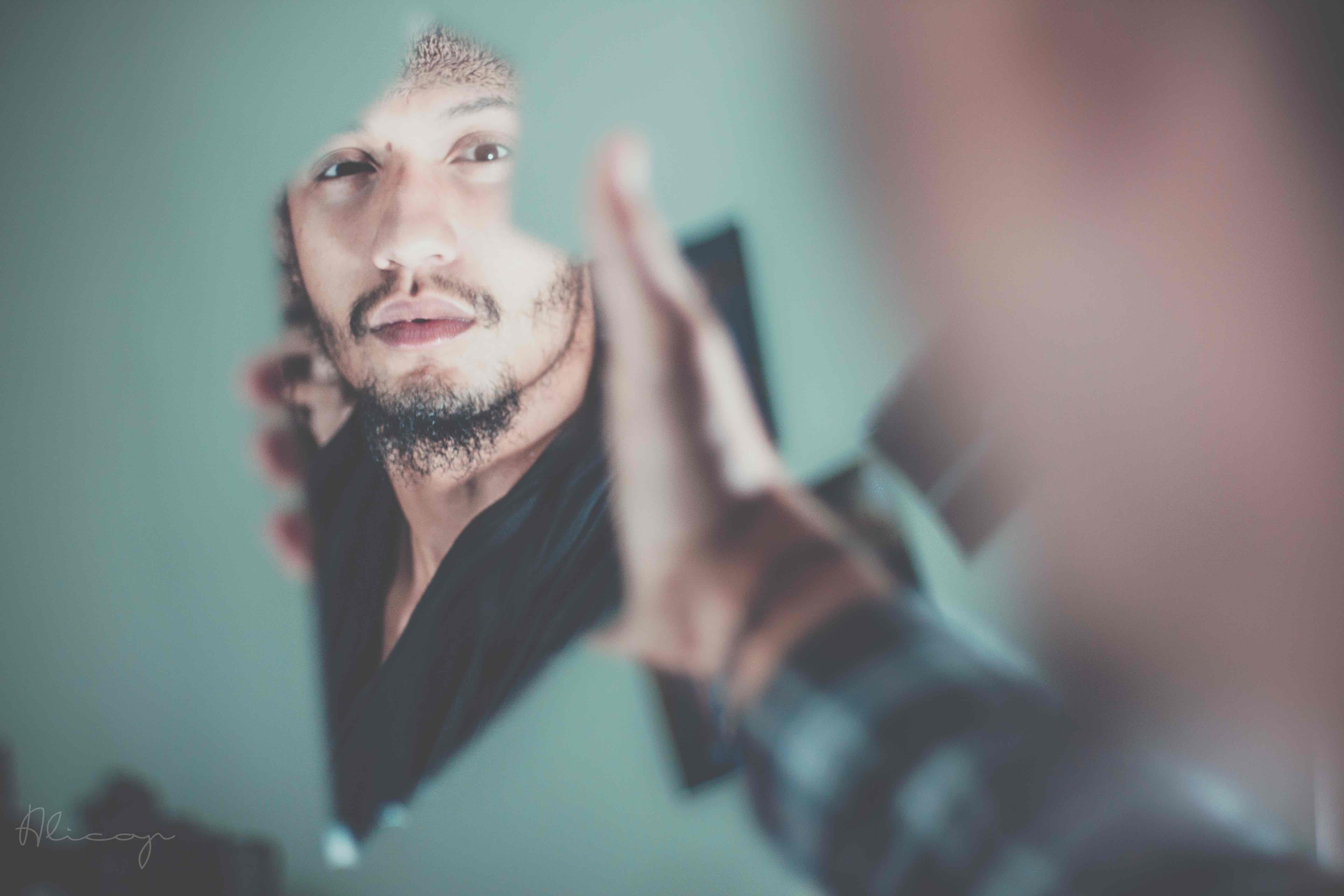Contrary to popular belief, eating disorders is a male issue, not just a female issue. According to the National Eating Disorder Association, “one in three people suffering from an eating disorder is male”. So why is this not talked about? Men are less likely to seek treatment when struggling with an eating disorder. Men and boys may be viewed as “feminine or gay” when struggling with this disorder leading many to suffer alone.
We live in a society that focuses on and praises women who are very thin while condemning women who do not fit this standard. However, we also do the same to men. Men struggle with body image just as much as women do, however, they don’t vocalize it like women do, as that would be seen as “weak” and “unmanly”. Men, like women, correlate identity or self-worth to their body type. We often use words such as “committed” and “hard-working” when you see Instagram models shirtless at the gym. I’m not saying you can’t work out or be physically fit – because you can! I believe it becomes an issue when your body becomes your motivation and indicator of self-worth. So how do we know if a man is struggling with an eating disorder as it is often not a topic of discussion? First I will outline a few barriers men with eating disorders have to overcome, some that women don’t have to worry about as much, and then I’d like to start a discussion of how we can break down these stigmas and barriers!
First, treatment options are more limited for men than women. There simply are more treatment options for all women treatment centers. In addition, co-ed treatment centers are heavily populated with women sometimes not having any men at all or maybe just a few. This brings another barrier to treatment as men may feel isolated, alone, and/or unable to connect in group therapy as they may feel their issues are not understood. At Eating Disorder Solutions, we offer male and female treatment with a tailored curriculum that meets all needs. As a clinician, we have to be aware of the gender differences in the treatment of eating disorders. It is harder to diagnosis men with eating disorders as the assessments include language that is geared towards females leading to misunderstandings and incorrect diagnosis of eating disorders in men. I personally have met with male clients who have been turned down at other facilities or told by physicians “you do not qualify for having an eating disorder”. It is critical that clinicians analyze more than an assessment and weight in identifying an eating disorder, specifically for men. I believe that not all eating disorders look the same, so we must offer individualized treatment tailored to each person, male and female.
For the most part, signs and symptoms of eating disorders in men and women are very similar. Men often focus more on trying to achieve that “ideal, masculine body” and we, as a society, praise these behaviors when they may be physically harming their body. I believe increased awareness and acceptance of men and boys struggling with an eating disorder is the most important and difficult barrier to overcome. If you are a male, struggling with an eating disorder, know that you are not alone. If you find yourself feeling consumed by the thought of food, exercise, and body image than I encourage you to explore the intent of your behaviors. Studies have found, as previously mentioned above, that one in three people suffering from an eating disorder is a male. However, if most men and boys are not seeking treatment or telling anyone they are suffering from this, then how do we know it is one in three? What if it is equally a male and female issue.
Authored by Emily Baum, M.S., RDN, LD



